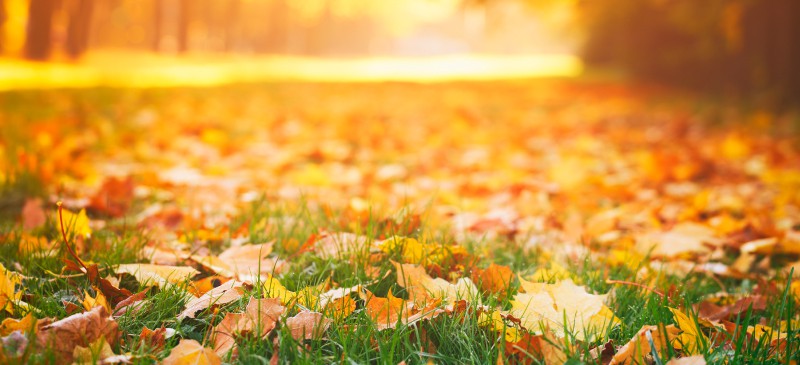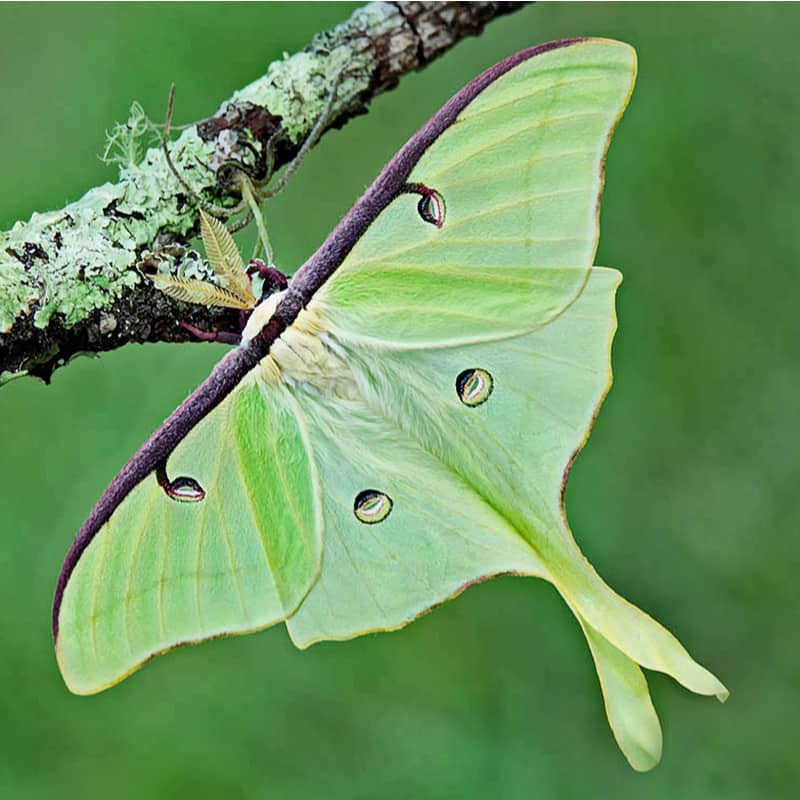This Dr. Axe content is medically reviewed or fact checked to ensure factually accurate information.
With strict editorial sourcing guidelines, we only link to academic research institutions, reputable media sites and, when research is available, medically peer-reviewed studies. Note that the numbers in parentheses (1, 2, etc.) are clickable links to these studies.
The information in our articles is NOT intended to replace a one-on-one relationship with a qualified health care professional and is not intended as medical advice.
This article is based on scientific evidence, written by experts and fact checked by our trained editorial staff. Note that the numbers in parentheses (1, 2, etc.) are clickable links to medically peer-reviewed studies.
Our team includes licensed nutritionists and dietitians, certified health education specialists, as well as certified strength and conditioning specialists, personal trainers and corrective exercise specialists. Our team aims to be not only thorough with its research, but also objective and unbiased.
The information in our articles is NOT intended to replace a one-on-one relationship with a qualified health care professional and is not intended as medical advice.
Fallen Leaves: The Best (& Absolute Worst) Ways to Deal with Fall Leaves
November 2, 2021

Do you consider yourself someone who takes great care of their inner ecology? Maybe you take probiotics to support balanced gut health, nourish yourself with healthy nutrients and avoid harmful chemicals. But are you unknowingly stripping your yard of this same benefit? When you remove fallen leaves from your property, you’re doing just that. And yes, it does impact your health — and the wellness of your entire community.
Ready to be a better neighbor?
It’s Leaf-Blower Season: Put in Your Ear Plugs!
Autumn in America brings a lot of things: cooler days, colorful leaves and the unmistakable roar of local leaf blowers.
Many folks blast fallen leaves off of their property, onto the street or neighboring land. Others tidily pile them up —and then cram them into plastic bags bound for the landfill.
Still, others rev up the lawnmower to chop the leaves up into tiny bits. And then there are those who literally do nothing, often to the dismay of nearby residents.
But if you’re ready to face your personal responsibility in taking a more ecologically in tune approach to your landscape practices, you may be asking, “What’s the best way to deal with fallen leaves?”
Dead Leaves Harbor Lots of Crucial Life
First, it’s important to understand the function of fallen leaves.
“If you’re throwing your leaves away every year, you’re throwing away the nutrients that fuel your tree,” explains Doug Tallamy, PhD, entomologist and best-selling author of Nature’s Best Hope and Bringing Nature Home. “You’re throwing away the blanket that covers the soil community, which means you’re killing that community.”
This, in turn, results in trees that don’t live as long. Makes sense.
Also, and this is really the fun part, there are loads of beneficial organisms living under or in the leaf litter. One particular stunner is the luna moth. This species hibernates under leaf litter in a tightly wrapped leaf cocoon. If they aren’t bagged up, chopped up or composted during this stage, they have a shot at emerging as adults in late spring/early summer.

The luna moth needs to overwinter in leaf litter in cooler climates.
Just like our gut contains a complex makeup of different microorganisms, the leaf litter and soil underneath is also its own interconnected community.
“The diversity of arthropods in leaf litter and soil is extremely high in temperate areas, so much that leaf litter has been called the ‘poor man’s tropics’ because the diversity of litter-inhabiting arthropods rivals the diversity of larger insects you can find in more tropical areas,” says Michael Skvarla, PhD, assistant research professor of arthropod identification at Penn State University.
So what are some of the beneficial critters and microorganisms living amongst the leaf litter at some point of their lifecycle?
- Firefly larvae
- American idia and dark-spotted palthis moths, among dozens of others
- Red-banded hairstreak butterfly
- Snails
- Hibernating native bees
- Spiders
- Millipedes
- Centipedes
- Decomposers like beneficial bacteria and fungi, including mycorrhizal fungi
- Even crustaceans like sowbugs and so much more!
When allowed to flourish, this orchestra of leaf-litter life can reduce runoff and flooding, improve tree health and promote healthy nutrient cycling, all while helping to stabilize crashing biodiversity levels.
So when you find yourself lamenting, “I’m just not seeing as many moths and butterflies as I used to! Where are the fireflies,” consider what you’re doing to your landscape.
The Worst Ways to Deal with Your Leaves
Sending dead leaves to the landfill: Bagging up fallen leaves and sending them off to the landfill is the absolute worst thing you can do, Tallamy says. You’re removing nutrients and making them inaccessible. “It’s all part of us being totally detached from the natural world and how it works,” he said. “A leaf is just a leaf to most people. They don’t realize it’s the mechanism for that tree to return nutrients to the soil so it can take it up in future years.”
And all of that stolen nutrition is rendered unusable as it clogs of landfills. According to the Environmental Protection Agency, which tracks municipal solid waste, yard trimmings include grass, leaves and tree and brush trimmings. In 2018, U.S. landfills took in a whopping 10.5 million tons of yard trimmings, accounting for more than 7 percent of all municipal waste generated.
Burning is just as bad, and the evidence of that is decades old. Burning leaves in your yard can impact someone’s health a half a mile away. This “toxic trespass” billows over the community and includes several carcinogens, along with microscopic particulate matter that lodges deep into the lungs, causing irritating and inflammation there for months or even years.
Burning leaves also causes the following impacts to human health, according to the American Lung Association of Iowa:
- Aggravated allergy and asthma symptoms
- Increased hospitalizations for respiratory illnesses (85 percent of particles from leaf smoke are inhaled deep into the lung tissue)
- Increased risk of premature death
- Reduced visibility that can impact driving conditions
So-So Ways to Deal with Fallen Leaves
We aren’t handing out gold stars for these practices, but they are considered better than burning your leaves or sending them to a landfill.
Mowing or mulching leaves: The good news? You’re keeping nutrients on your property and not tossing them in the dump. The downside? You’re chopping up next year’s luna moths (and a whole lot of other beneficials).
Sending leaves to a municipal composting site: You’re sending your trees’ nutrients away and depleting your property of nutrients, increasing the need for chemical fertilizers. But … at least those nutrients can be used somewhere else. This also keeps yard waste out of landfills. In fact, since the 1960s, the amount of yard trimmings sent to landfills has been nearly cut in half, thanks in large part to municipal composting programs. Again, most of the beneficial critters in the leaf litter will not survive this type of intensive composting.
A Slightly Better Way to Manage Your Leaves
On-site composting: Similar to mulching, the nutrients stored in the leaves can be used later, although many species living in the leaf litter will not make it as your compost pile heats up.
The #1 Best Way to Deal with Fallen Leaves
Doing absolutely nothing with fallen leaves is great, but it’ not always feasible for those living in more urban or suburban settings.
So here’s what Tallamy, who is also a professor of Agriculture and Natural Resources at the University of Delaware, suggests:
Build beds around trees’ drip lines: By collecting a thick layer of leaves and piling them under your tree (leaving space around the trunk), you will in effect, and with very little effort, smother the turf grass under the tree. (This is a good thing in terms of your tree’s health. Turf right up to the trunk is bad news.)
To create your pile, you can use a good old-fashioned rake or a leaf blower. (Electric is best; 2-stroke engines are the worst.) To keep the leaves from blowing all over the place, Tallamy suggests hosing it down with some water to help hold them down. “Then, you can plant right through that layer of leaves in the spring,” he notes. This is much easier than trying to dig up sod to create a new garden bed.



